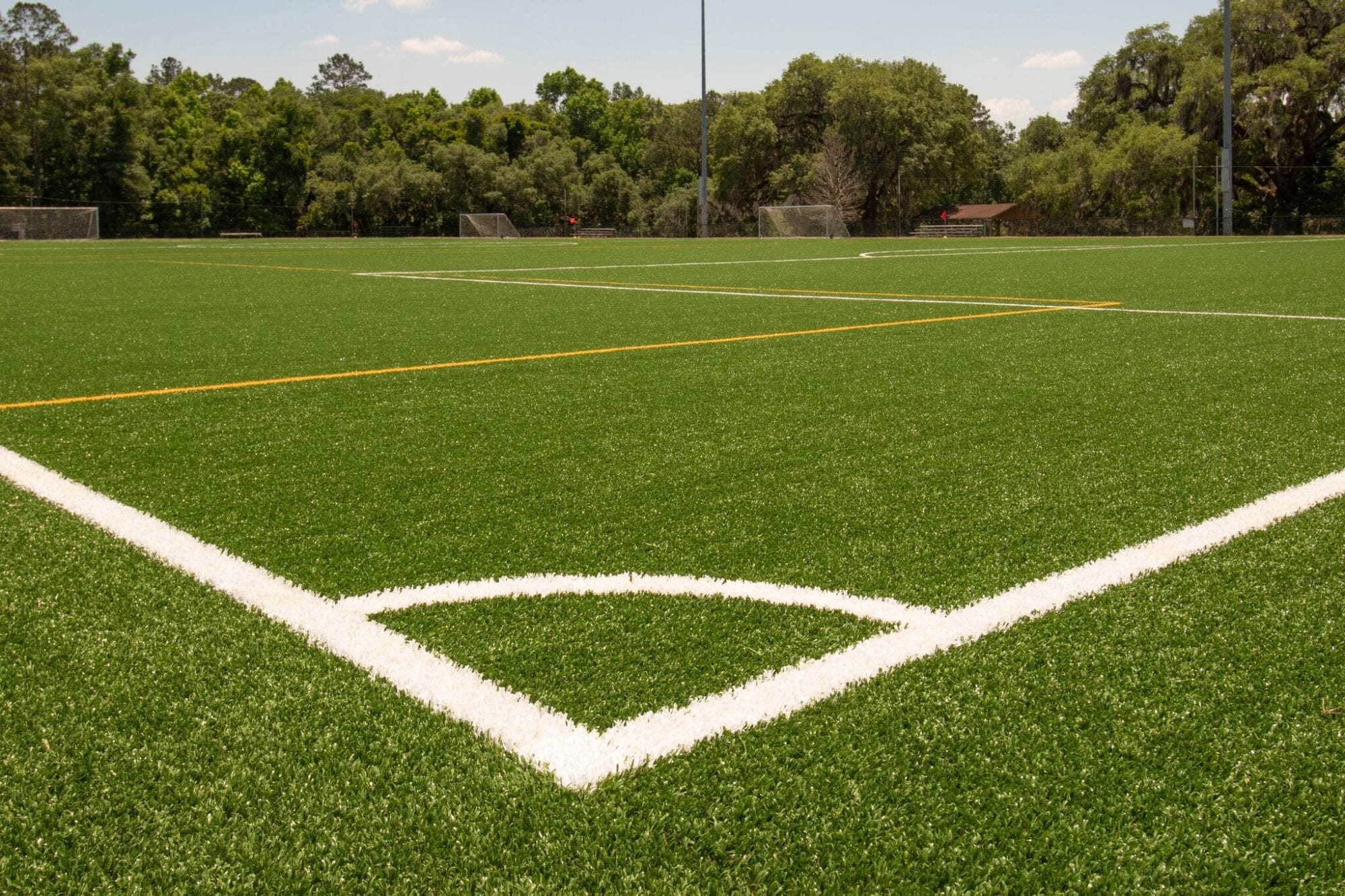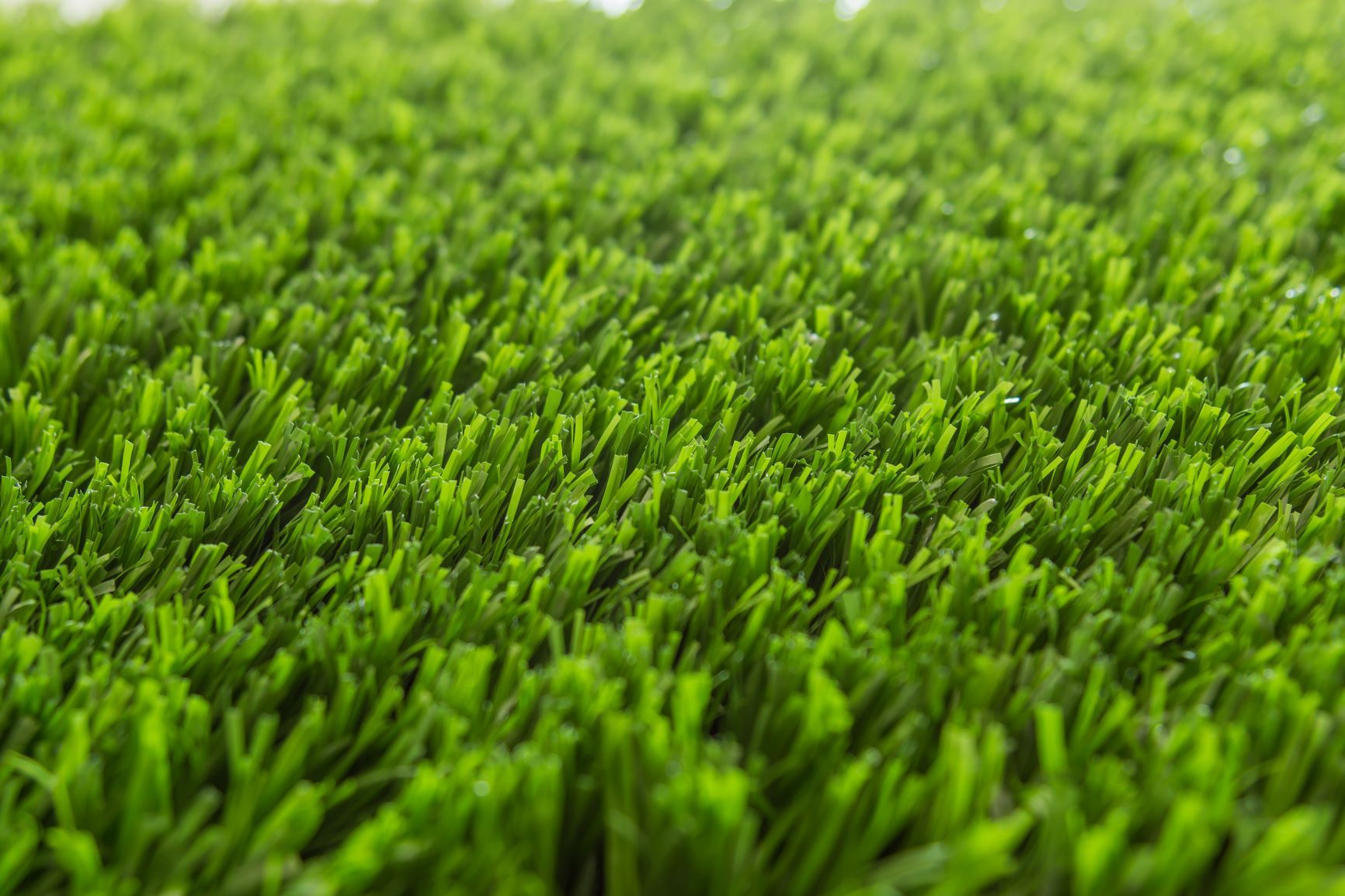Delve Into the Environmental Benefits of Opting for Artificial Turf Solutions
The adoption of synthetic lawn options offers a compelling possibility to resolve pressing ecological difficulties. By considerably decreasing water use and minimizing the application of unsafe chemicals, these choices not only promote sustainable landscaping but also shield local ecosystems.
Water Conservation Conveniences
One of the most considerable benefits of fabricated grass is its capability to preserve water. In contrast, artificial lawn does not need watering, significantly minimizing the general need for water sources.
By eliminating the requirement for routine watering, fabricated turf contributes to lasting landscape methods and helps mitigate the ecological influence of too much water intake. The preservation of water prolongs to the decrease of runoff, which can lead to dirt disintegration and river pollution.
Additionally, the installation of fabricated lawn allows house owners and municipalities to assign water sources more effectively, concentrating on crucial usages such as alcohol consumption water and agriculture. The shift towards synthetic grass not only advertises responsible water usage but also straightens with more comprehensive environmental goals intended at preserving all-natural sources.
As neighborhoods progressively focus on sustainability, the water conservation advantages of man-made grass present a compelling instance for its adoption in business and household landscaping projects.
Reduced Chemical Usage
The change to man-made grass significantly reduces the dependence on chemical treatments commonly used in natural turf upkeep. Typical turf monitoring normally includes the application of herbicides, plant foods, and chemicals to promote development and control parasites. These chemicals can posture dangers to human wellness, neighborhood wildlife, and the environment, adding to dirt and water contamination.
On the other hand, artificial lawn removes the requirement for these damaging substances. When set up, it calls for minimal maintenance, primarily being composed of normal cleansing and seldom infill replenishment. This decrease in chemical usage not only profits the immediate environment but likewise adds to more comprehensive environmental security. By decreasing the launch of artificial substances right into the ecological community, synthetic grass promotes healthier dirt and water systems.
In addition, the absence of chemical runoff associated with man-made grass installments aids shield neighborhood rivers from contamination, supporting water life and preserving biodiversity. Phoenix turf companies. As neighborhoods increasingly prioritize sustainable techniques, choosing for synthetic grass offers a viable option that aligns with environmental conservation objectives. Through this change, residential or commercial property owners can delight in lavish green spaces without compromising environmental wellness, leading the way for a much more sustainable future
Reduced Carbon Impact

Furthermore, the installation of fabricated lawn can cause substantial water conservation. Natural lawns need significant amounts of water for irrigation, which not only adds to the carbon footprint connected with water extraction and treatment but also stress neighborhood water resources. On the other hand, artificial turf needs minimal maintenance, calling for no watering, thereby considerably decreasing water usage and its connected energy prices.
Additionally, the long life of synthetic grass adds to its lower carbon influence. With a life expectancy of as much as 15 years or more, the demand for frequent replacements is lessened, causing less waste and lower power consumption in manufacturing and getting rid of conventional yard alternatives. Overall, fabricated turf provides a lasting option for eco conscious landscaping.
Habitat Preservation
Habitat conservation is a vital consideration in the dispute over landscaping choices, especially when comparing artificial turf to natural grass. All-natural turf yards usually call for extensive upkeep, including using herbicides, chemicals, and fertilizers, which can detrimentally influence local ecosystems. These chemicals can leach right into the soil and rivers, damaging native vegetation and fauna and interrupting local environments.
In comparison, fabricated lawn presents a possibility to reduce the eco-friendly footprint of landscape design. By choosing for artificial turf, home owners can decrease the disturbance of all-natural habitats associated with standard lawn treatment techniques. Synthetic grass eliminates the requirement for dangerous chemicals, thus protecting nearby wildlife and preserving the stability of bordering communities. The installment of synthetic discover this lawn can lead to the conversion of former grass areas right into even more biodiverse landscapes, such as pollinator gardens or indigenous plant locations, which can sustain local wild animals.
Inevitably, the shift to synthetic grass not just saves water and minimizes maintenance efforts however also fosters a much more harmonious partnership in between human tasks and the native environment, advertising environment conservation while doing so.
Long-Term Sustainability
Long-lasting sustainability is a crucial consider assessing the advantages of synthetic grass over conventional lawn yards. One of the most considerable advantages of artificial grass is its toughness; it can last up to 15-20 years with marginal maintenance, whereas all-natural lawn requires regular reseeding and replacement. This longevity reduces the need for continuous over here resources, such as water, plant foods, and chemicals, which are essential for preserving a healthy yard yard.
Furthermore, synthetic grass contributes to a reduction in carbon exhausts connected with lawn care tools. Typical grass often require gas-powered mowers, leaners, and blowers, every one of which add to air contamination. Artificial turf companies phoenix. On the other hand, fabricated turf eliminates the requirement for such devices, promoting a cleaner environment
In addition, the production of synthetic grass progressively makes use of recycled materials, boosting its sustainability profile. As suppliers embrace environment-friendly practices, the ecological footprint of synthetic grass continues to reduce.

Verdict
The adoption of synthetic grass services presents significant environmental benefits, consisting of significant water preservation, decreased reliance on dangerous chemicals, and a lower carbon impact. Moreover, man-made grass aids in protecting natural habitats by minimizing land disturbance and advertising long-lasting sustainability with making use of resilient materials. Jointly, these elements important link highlight the possibility of synthetic grass to contribute favorably to environmental wellness and use a feasible choice to conventional landscape design methods in a significantly resource-conscious world.
In contrast, artificial turf does not require watering, substantially reducing the overall demand for water resources. By decreasing the release of artificial substances into the ecological community, fabricated lawn promotes much healthier dirt and water systems.
Additionally, the setup of man-made lawn can result in substantial water preservation. In comparison, artificial lawn requires very little maintenance, needing no watering, therefore significantly lowering water usage and its associated energy costs.
